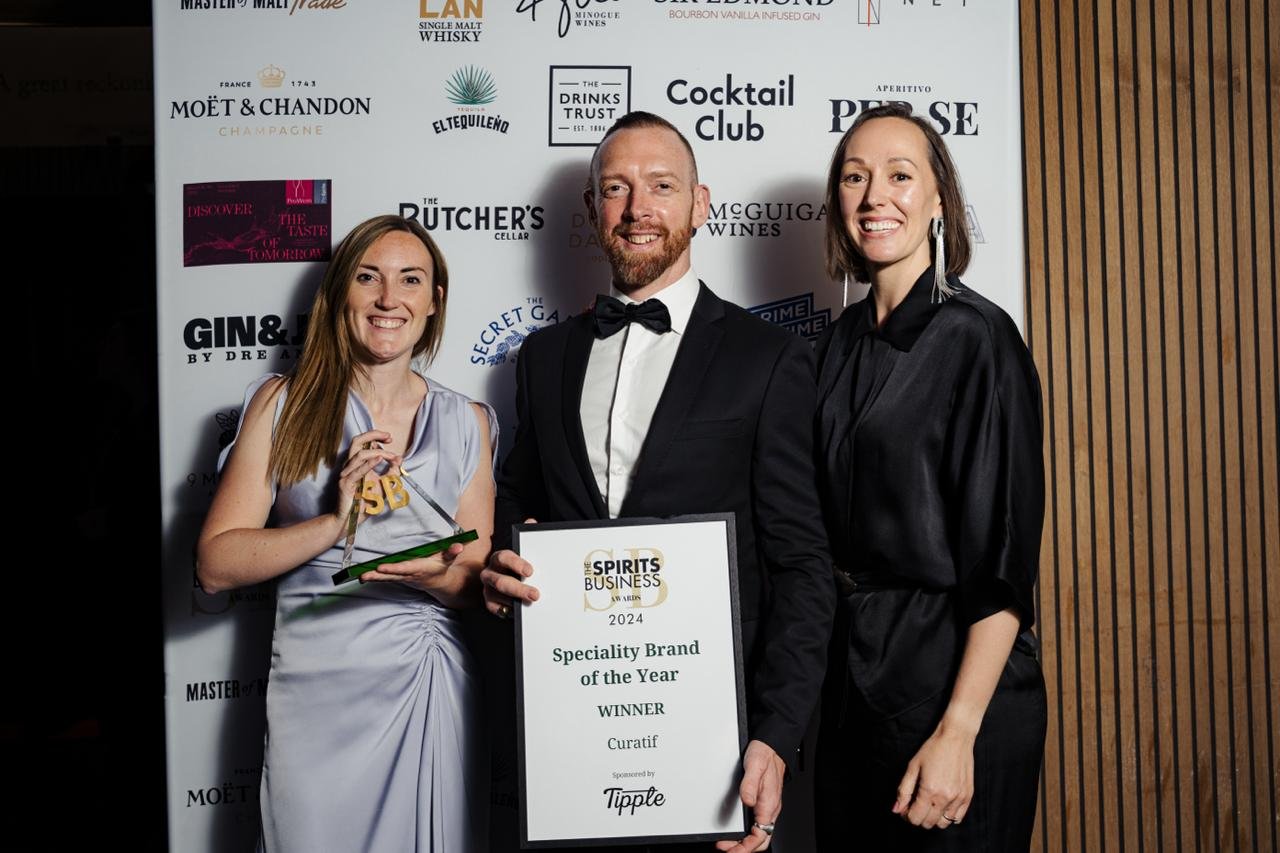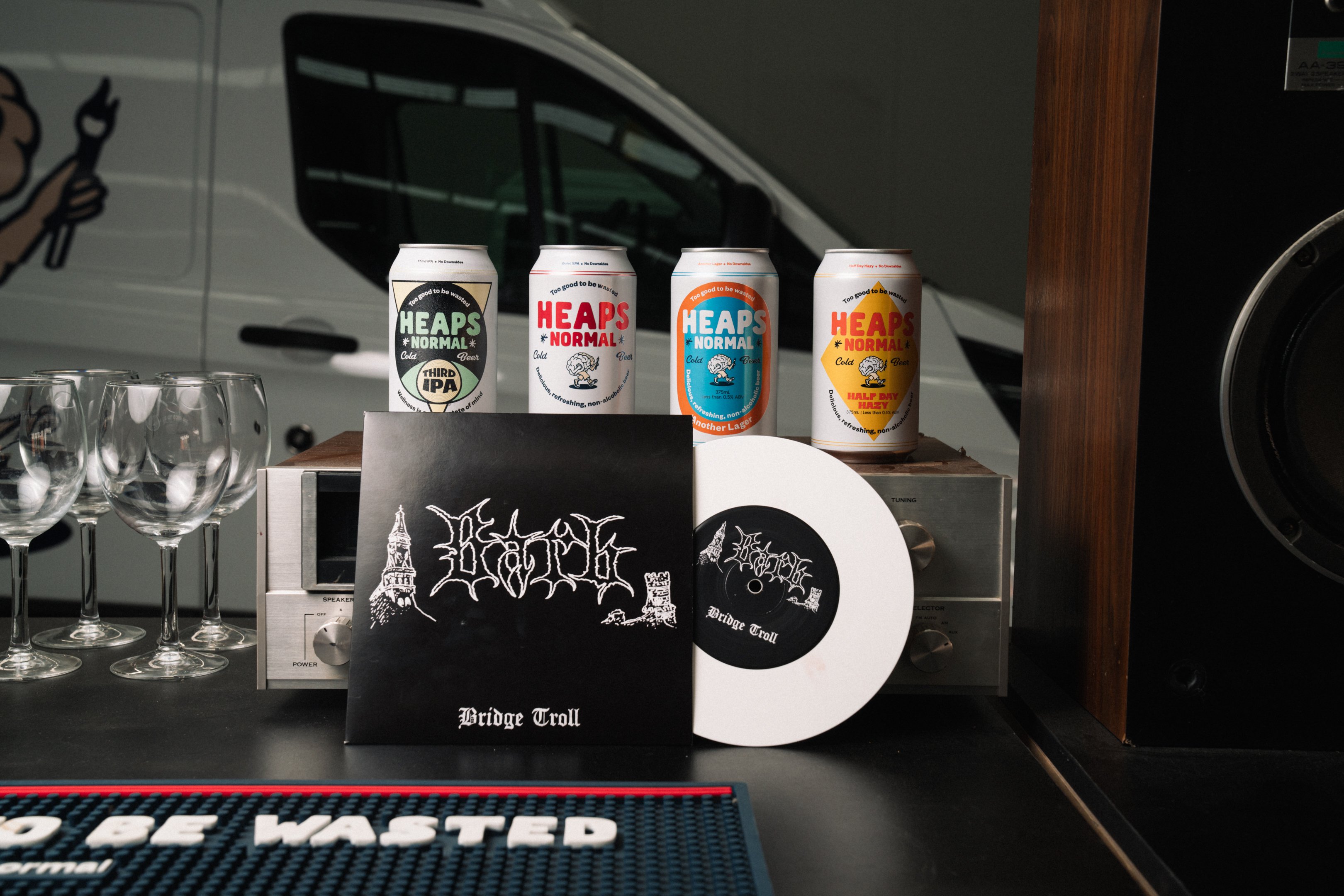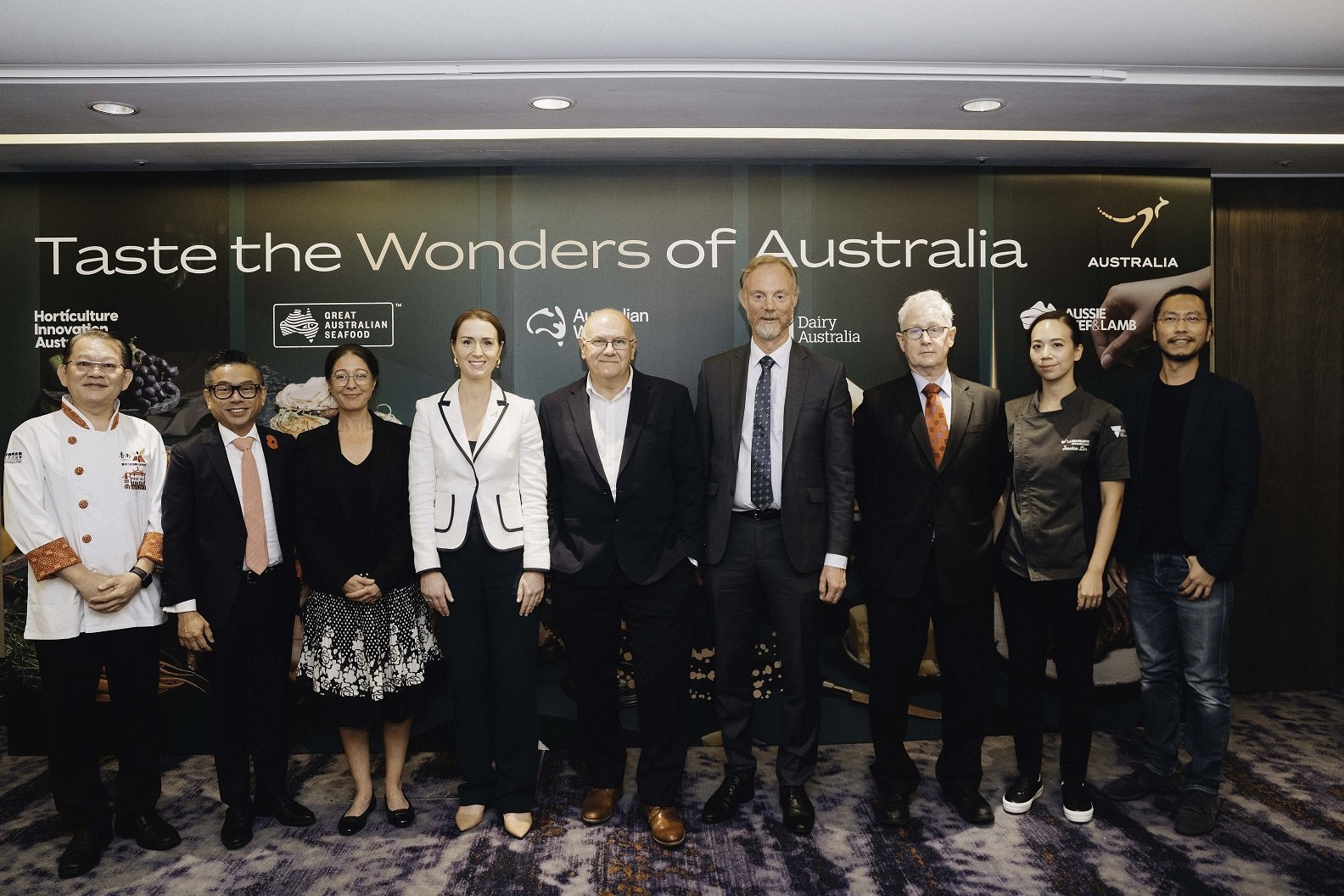IWSR analyses the impact of an uncertain global economy on the premiumisation trend in the beverage sector. In the first half of 2023, the premiumisation trend in beverage alcohol faced a notable decline due to economic uncertainties and geopolitical pressures, according to a recent report by IWSR.
The impact was particularly significant in the US, where the expansion of premium-and-above agave slowed down.
Losses were observed in the wine category, including Champagne, and there was softer growth for high-end beer in markets like Brazil and Spain.
Australian trends
In Australia, CEO of Emperor Champagne, Kyla Kirkpatrick said her company has witnessed a similar trend.
She says there is no doubt the current economic situation is seeing consumers, once flamboyant about their purchasing decisions in the luxury space, now more considered and cautious.
Emperor is witnessing a trending down in consumption of big Champagne Grand Marque brands such as Mumm and Veuve Clicquot, except for gifting.
The biggest period of the year for Champagne sales in Australia is typically now leading into Christmas and the New Year. Kirkpatrick calls them the ‘golden days’ and says it has a significant ‘halo effect’ on Champagne sales.
But she says this year is different already. Her business would typically have experienced the uptick in sales earlier than now.
“I think there's been a softening in the market as we experience conscious and considered spending. We had this big boom of conspicuous consumption post-COVID where people wanted to go out to restaurants and live a little large.”
“Now clients in mid net worth into high net worth, we're seeing two speeds. We're still seeing purchasing of large formats, rarities, etc. from our high-net-worth clients, but we're seeing more considered consumption from our mid-tier customers; either purchasing a few bottles, purchasing less frequently or purchasing a cheaper product.”
Asia remains premium strong
The IWSR report states that despite economic challenges, Asia remains a stronghold for premiumisation. High-end baijiu performed well in China, and countries like India, the Philippines, and Thailand experienced dynamic growth in high-end spirits consumption.
Beer, on the other hand, saw a boost in China due to the reopening of on-premise establishments and trading up in the UK, US, and Mexico.
Examining 20 key markets, which contribute to over 75% of global volumes, the report found that total beverage alcohol premium-plus volume consumption in the first half of 2023 was 11% higher than in the same period in 2019.
However, the growth rate slowed, with volumes only increasing by 1% between H1 2022 and 2023. A similar trend of slowing growth was observed in premium+ volumes for total beer and spirits.
“The growth rate of premium-and-above products weakened significantly across beer and spirits during the first half of 2023, although their share of overall category volumes broadly continued to increase,” said Emily Neill, COO Research, IWSR.
“Economic pressures did not relent, as inflation remained high – a backdrop that was more globally widespread than during the same period last year. Geopolitical uncertainty from the war in Ukraine heightened the pressures mounting on brand owners, which passed on increased costs to consumers.”
Despite the overall deceleration, consumption received a boost in Asia with the reopening of on-premise establishments following prolonged pandemic restrictions.
Consumers in China and beyond have returned to socializing in bars and restaurants. This contributed to a 2% rise in premium-and-above spirits volumes in China in H1 2023 compared to H1 2022, bringing volumes back to pre-pandemic levels.
Other hotspots in the region experiencing growth included India, the Philippines, and Thailand.
Share the content










